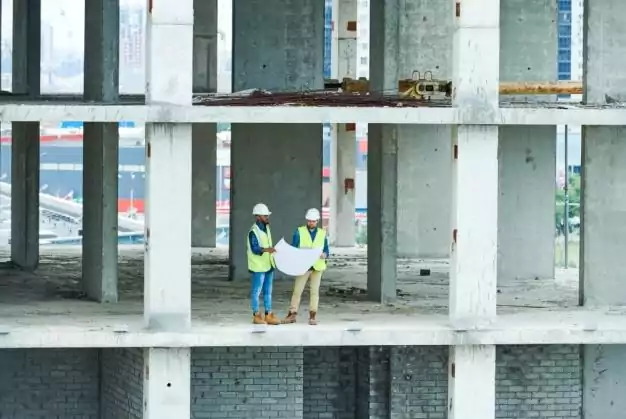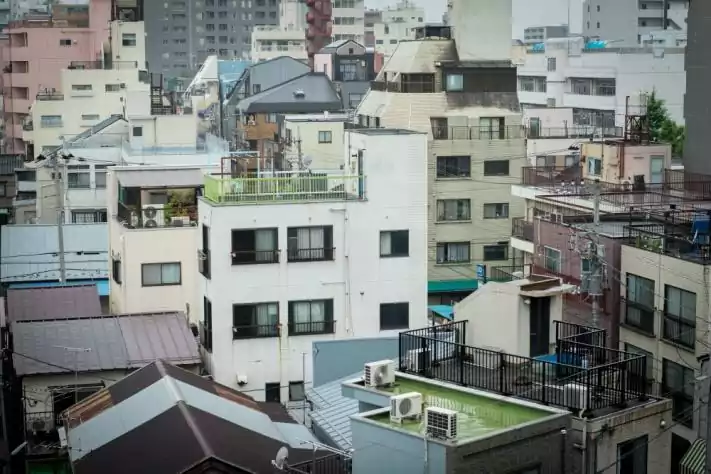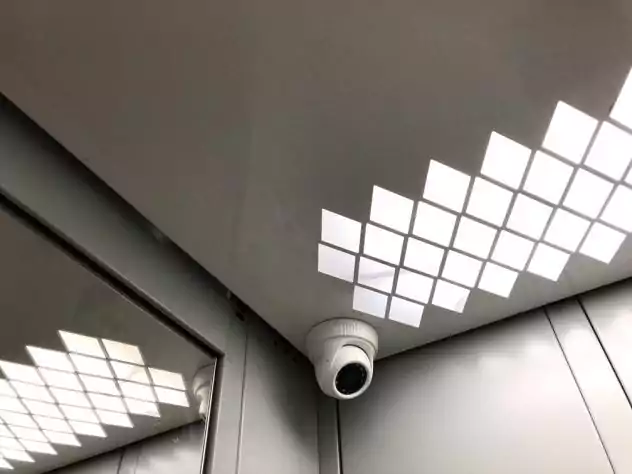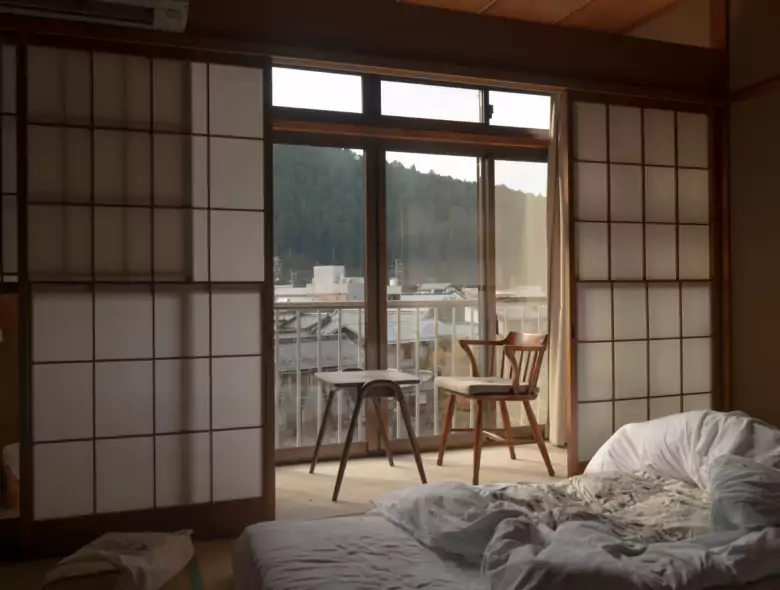When it comes to rental properties in Japan, there are three general classifications:
- “Apato” – apartments constructed with wood or steel frames that are usually no more than 2 to 3 stories
- Mansion – apartments that are a minimum of 3 stories high and constructed with steel and/or concrete materials
- “Ikkodate”/ “Kashiya” – detached house
In this article, we will be looking specifically at apartment rental properties and making a side-by-side comparison. If you are reading this and are on the hunt for an apartment, Village House is a real estate organization with over 1,000 properties scattered across all 47 prefectures in Japan.

Construction Materials
When it comes to construction materials, “apato” or apartment rental properties in Japan are usually constructed out of wood or steel, with many residential structures being erected entirely out of wood. The advantage is that such buildings can be built cheaper and more quickly than concrete structures, but the drawback is that wooden buildings offer little to no insulation or soundproofing. This makes such rental properties extremely hot in the summer but freezing in winter, and you’re more than likely able to hear everything your neighbors are doing. If you live in a building with thin walls and suffer from unwanted noise, there are, however, some easy DIY soundproofing measures that can help improve your situation. These techniques are also recommended to protect your neighbors if you are a musician or have young children.
On the other hand, mansion rental properties are built from steel and/or concrete materials, making them more earthquake-proof and providing better insulation and soundproofing. The biggest benefit is not only increased safety in a natural disaster-prone country like Japan, but tenants are better able to reduce or control their heating and cooling costs. The disadvantage is that the higher construction costs lead to higher rent.

Floors
“Apato” properties are classified as the low-rise buildings and traditionally go no higher than 2 or 3 stories (“mokuzou” in Japanese). Due to this, it’s fairly uncommon for “apato” properties to have elevators installed in the building, but this is offset by cheaper rent and management fees.
Mansion properties, on the other hand, are usually a minimum of 3 stories and can go as high as the architecture, building owner, or organization desires. This means that elevators are the norm in these rental properties – buildings with at least five floors have elevators – which usually results in higher rent and management fees.
Insulation
As previously mentioned, rental properties like “apatos”, which are constructed entirely out of wood, tend to offer little to no insulation due to their low thermal conductivity properties. This means that while cheaper building materials lead to cheaper rent, tenants may end up with higher electricity bills during summer and winter to keep the apartment warm or cool. To prevent having to spend too much on your electricity bills in a poorly insulated building, knowing how to live energy efficiently is also highly recommended, not only to save your wallet but also the environment.
Mansions constructed with steel and/or concrete provide better insulation as concrete has a high thermal mass and is able to absorb heat before releasing it slowly. Not only does this reduce heating and cooling costs during the summer and winter months, but the density of concrete also leads to better soundproofing.
Expenses
“Apatos” are generally older buildings with minimum building resources such as elevators, mailrooms, storage sheds, lobbies etc. They are usually less earthquake and fire-resistant due to their construction materials, which usually means that rent is cheaper for tenants.
Mansions tend to be more aesthetically contemporary and modern with features such as auto-lock doors for the main entrances, elevators, security cameras and possibly a resident caretaker for the common, shared spaces. All these expenses lead to higher management fees and higher rent, but what tenants get in return is a more secure building that’s better protected against earthquakes and fires, and break-ins.

Caretaker
“Apato” rental properties are quite compact in size with bare minimum features and thus, don’t normally have a resident caretaker attached to the building. The benefit of this is lower management fees for the tenants.
Mansions, on the other hand, tend to be larger in size and require upkeep and maintenance of the common and shared public areas. Such tasks usually go to a resident caretaker, whose salary comes from higher management fees and rent that tenants pay.
In summary, depending on your budget, preferences, and needs, you may want to consider whether an “apato” or mansion rental property is more suitable for you. As the initial costs of moving into an apartment can be pricey in Japan, real estate organizations such as Village House provide low, upfront apartment costs with no deposits, no renewal fees, no key money, and no handling fees to help you stay within your budget.
Related articles:
- Which Apartment Layout Is Suitable For Living Alone? Find Out Which Room Type Is Best For You!
- Looking for a New Home? Avoid These Apartment Floor Plans!
- First Time Renting Alone? Essential Questions to Ask Your Real Estate Agent
- Renting a Second-Floor Apartment: What to Know Before Signing a Lease



